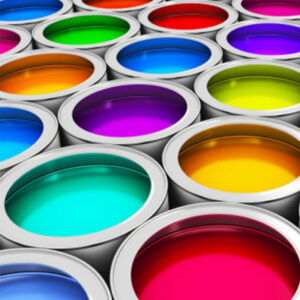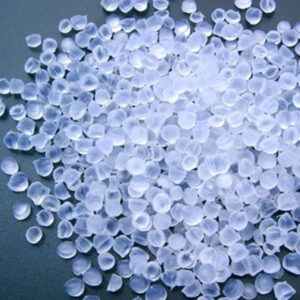Industrial products
Coatings Specialty Chemicals
Liquid dyes
Pigments and colorants
Pigments are organic or inorganic particles added to the polymer base to give a specific color or functional benefits the plastic. Are you searching for the detailed information on pigments for plastics? Check out here different families of pigments and colorants for the plastics industry (organic, inorganic, carbon black...) along with their key features, performance properties, and processing solutions.
Pigments - Major Families & Performance Properties
Pigments are insoluble organic or inorganic particles added to the polymer base to give a specific color to the plastic. Pigments that are organic in nature are hard to disperse and tend to form agglomerates (clumps of pigment particles). These agglomerates can cause spots and specks in the final product.
On the other hand, inorganic pigments like: Metal oxides and sulphides, carbon black, etc. get more easily dispersed in the resin. Amongst the inorganic pigments titanium dioxide is the most widely used pigment in the plastics industry.
Pigment families are mainly categorized into:
o Organic pigments
o Inorganic Pigments
o Carbon black
o White pigments
o Special effect pigments
o Aluminum pigments, and
o Other pigments










